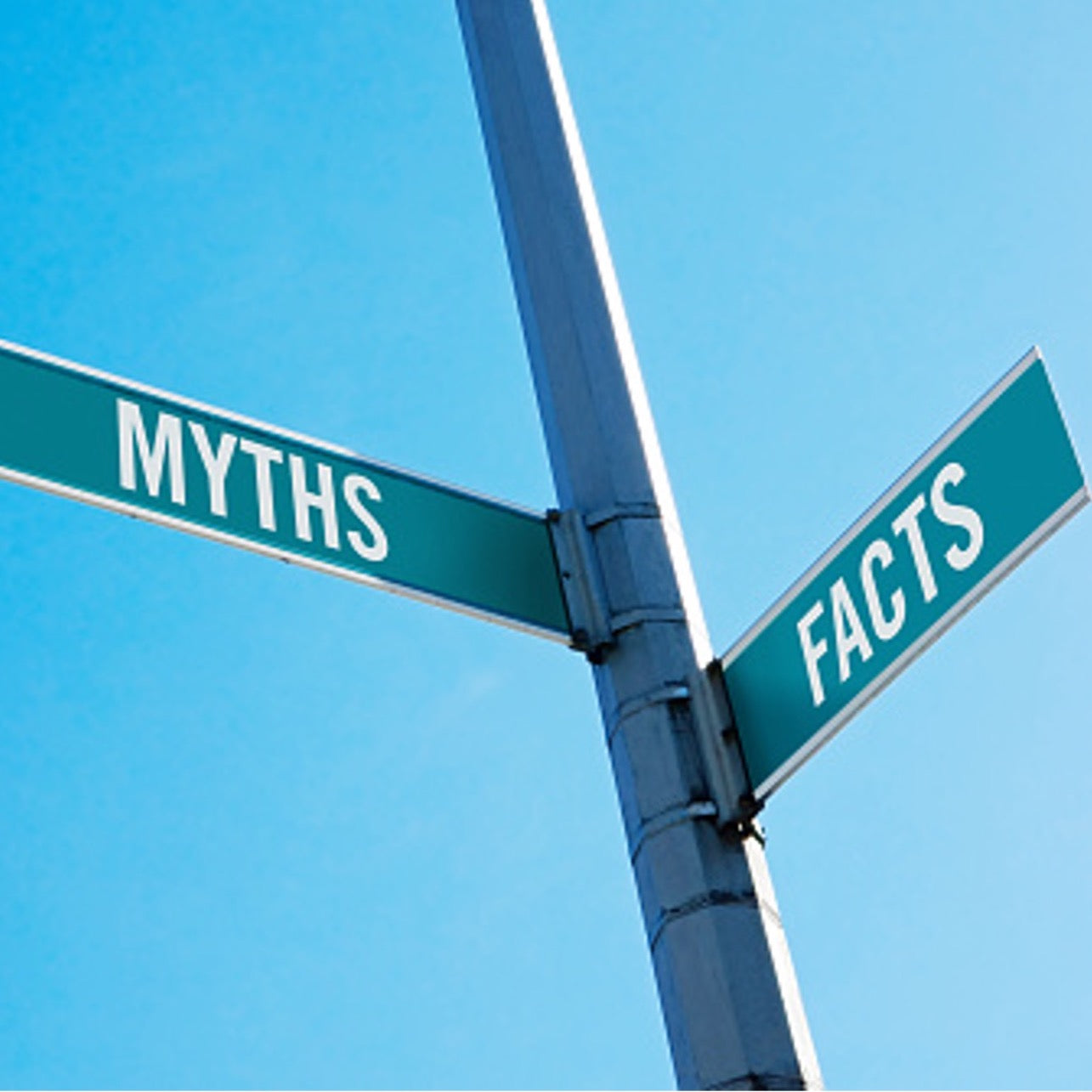
Debunking The Most Popular Fitness Myths

The fitness industry is littered with new unproven trends and training theories, many of them with little to no validity. Over time, these trends and theories turn into myth’s that many continue to believe today.
This article is aimed at disproving many of these disadvantageous theories so that you can stop waisting time on what doesn’t work and start focusing on what does.
Lifting Weights Do NOT Equate to Bulk
While this myth largely pertains to those women who avoid weight training in fear that it will make them to “bulky”, it’s a myth that pertains to anyone fearful of lifting weights.
Although lifting weights is a welcome addition to those with the goal of “bulking”, it doesn’t mean that it inherently results in gaining unwanted size, especially in women. Instead, building muscular size largely requires a diet consistent with a caloric surplus. Moreover, you can build muscle without lifting extremely heavy weight.
In fact, those who opt for a training regimen involving heavy weight and high reps tend to build lean muscle whilst burning fat. The opposite isn’t true.
So, if you’ve avoided lifting weights with the fear of putting on too much size, understand that this is largely a myth. While it can play a role in muscle size, many other factors are involved than simply lifting weights, genetics and diet just to name a couple…
Cardio IS NOT the Only Way to Burn Fat
When the majority of individuals think of exercises that burn fat, they think of cardiovascular based training methodologies. While these can certainly be attributed to weight loss progression, it’s most definitely not the only way to achieve your weight loss goals.
In fact, it may not even be the most optimal…
On the contrary, it’s been shown through research that resistance training, when performed with a certain level of intensity and intention, elicits greater caloric burn than a steady state cardiovascular exercise.
Strength training also aids in building lean muscle and stronger bones, thus improving one’s metabolism; a mechanism that speeds up the fat burning process.
Fat Loss CANNOT Be Targeted
In other words, you can’t choose where to burn fat. For example, if you’re like most, you may store most of your fat around the hips and along the abdominal region. Unfortunately, while it’d be convenient to be able to choose to burn fat in a specific region of the body, that’s not the case.
Spot reduction, or targeted fat loss, is yet another myth thrown around the fitness industry, however, it has zero evidence to support its claim. It’s likely a marketing tactic used to sell six pack ab programs…
Which brings us to the next myth!
Crunches do NOT Equate to a Six Pack
Now, this isn’t to suggest that sit ups can’t strengthen the core musculature. However, for those who have participated in six-pack abs challenges in the past, you’re likely familiar with experiencing little to no progress, even after hundreds if not thousands of sit ups later.
The visibility of abs are actually a direct correlation to the amount of body fat one has. In other words, no matter how strong your abs are, if you store a lot of body around around the abdominal regions, it’s unlikely that that six pack will show.
Instead, if you truly want to have visible six abs, follow a strict diet, effective training regimen, and of course, incorporate some abdominal exercises throughout.
Eating Fat does NOT Make You Fat
Of course, eating anything in excess will make you fat. After all, weight management is largely a ‘calories in, calories out’ situation. However, exclusively consuming fats will not inevitably turn into fat. In fact, fats can be used as an energy burning source when in ketosis and is a crucial macronutrient no matter what diet you follow.
So, if you’re trying to lose weight, instead of cutting fats from your diet, focus on cutting calories instead (ideally from carb sources).
DON’T Statically Stretch Before Physical Activity
While the verdict has been back and forth on this myth over the years, it’s largely agreed upon by experts that you should not statically stretch before engaging in any type of physical activity. Instead, you should dynamically stretch to prime the body for action and warm up the body for activity.
Static stretching, or isolated stretching, should be reserved for post-workout recovery sessions. Because this type of stretching lengthens a particular muscle fibre, it thus relaxes it which isn’t ideal for action. In fact, it can ultimately result in injury.
Understanding the difference between static and dynamic stretching is imperative to the success of your injury prevention program and recovery regimen.
While there are many more myths out there in the fitness industry today, discussed were some of the primary few that are still prevalent.






